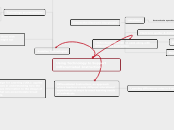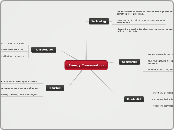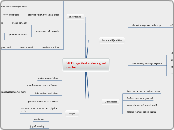von Samantha Doyle Vor 11 Jahren
280
Using Technology to Support Differentiated Instruction
Incorporating technology into differentiated instruction enables educators to tailor their teaching methods to accommodate diverse student needs effectively. Various technological tools, such as calculators, interactive electronic storybooks, and word clouds, enhance the learning experience by providing visual and auditory support.









